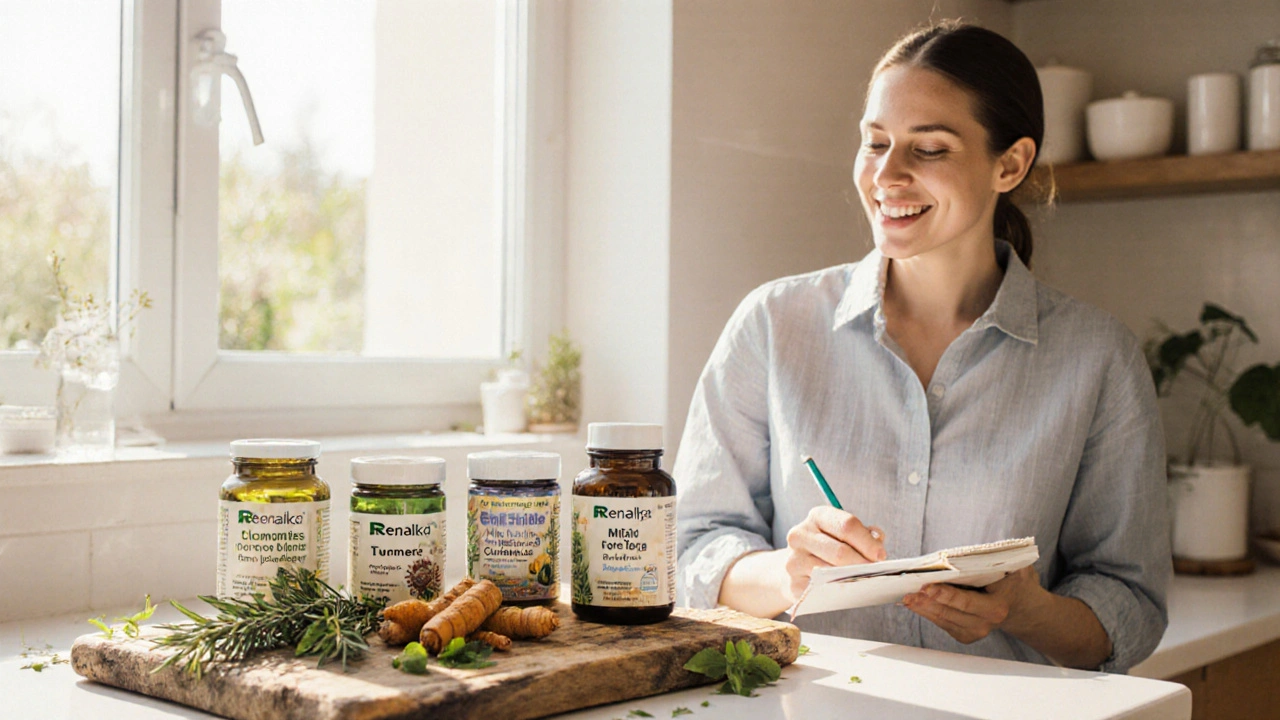Herbal Supplement Comparison: How to Pick the Right Natural Boost
If you’re looking at shelves full of capsules, teas, and powders, you probably feel overwhelmed. Which one actually works? Which claims are hype? The good news is you don’t need a PhD to tell the difference. All you need are a few clear steps and a sensible checklist.
What to Look for in Any Herbal Supplement
First, check the label for the plant name and the part used (leaf, root, bark, etc.). That tells you what active compounds to expect. Next, see if the product lists a standardized extract – a percentage of the key ingredient. Standardization means the manufacturer measured the active dose, so you get consistent results every time.
Third, verify the source. Reputable brands often mention organic farming, third‑party testing, or GMP certification. Those markers reduce the risk of contaminants like heavy metals or pesticide residues. Finally, read the dosage instructions and compare them to scientific studies or reputable health sites. If the dose is dramatically lower than what research shows, the product may be ineffective.
Comparing Popular Herbs – Quick Guides
Dragon’s Blood (Croton lechleri): This resin is praised for anti‑inflammatory and gut‑healing effects. Look for extracts that contain at least 30% proanthocyanidins. A daily dose of 300‑600 mg is common in studies. Watch out for products that only list “dragon’s blood powder” without any standardization – the active levels can vary wildly.
Echinacea: Used to support immune health, the best form is a root extract with 4% echinacosides. Short‑term use (up to 10 days) is supported by research; longer use may lose effectiveness. If you see “Echinacea purpurea whole herb” you’re likely getting a lower dose of the active compounds.
Turmeric (Curcuma longa): Curcumin is the star, but it’s poorly absorbed on its own. Look for supplements that combine curcumin with piperine (black‑pepper extract) or a patented “micelle” technology. Aim for 500‑1000 mg of curcumin per day, not just 500 mg of raw turmeric powder.
Ashwagandha (Withania somnifera): Adaptogenic herbs help balance stress hormones. The most effective extracts contain 5% withanolides. Daily doses range from 300‑600 mg. Avoid products that only list “ashwagandha powder” without indicating withanolide content.
These quick checks let you compare any herb without digging through endless articles. Write down the plant name, the part used, the standardization level, and the recommended daily dose. Then match that against the label. If the numbers line up, you’ve got a solid product.
Remember, herbal supplements complement—not replace—good nutrition and lifestyle. Pair the right herb with balanced meals, regular movement, and enough sleep, and you’ll give your body the best chance to benefit.
Got a favorite herb you’re unsure about? Use the same checklist: plant name, part, standardization, source, and dose. That’s the fastest way to weed out the fluff and keep the truly helpful supplements in your routine.

Renalka vs. Top Herbal Alternatives: A Detailed Comparison
A comprehensive comparison of Renalka's four‑herb blend with top herbal alternatives, covering benefits, evidence, safety, cost, and best‑fit scenarios for health‑conscious readers.
